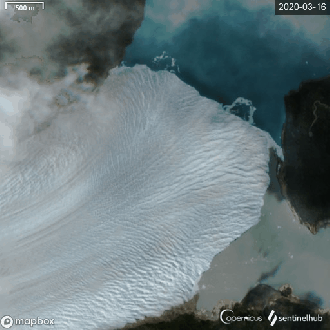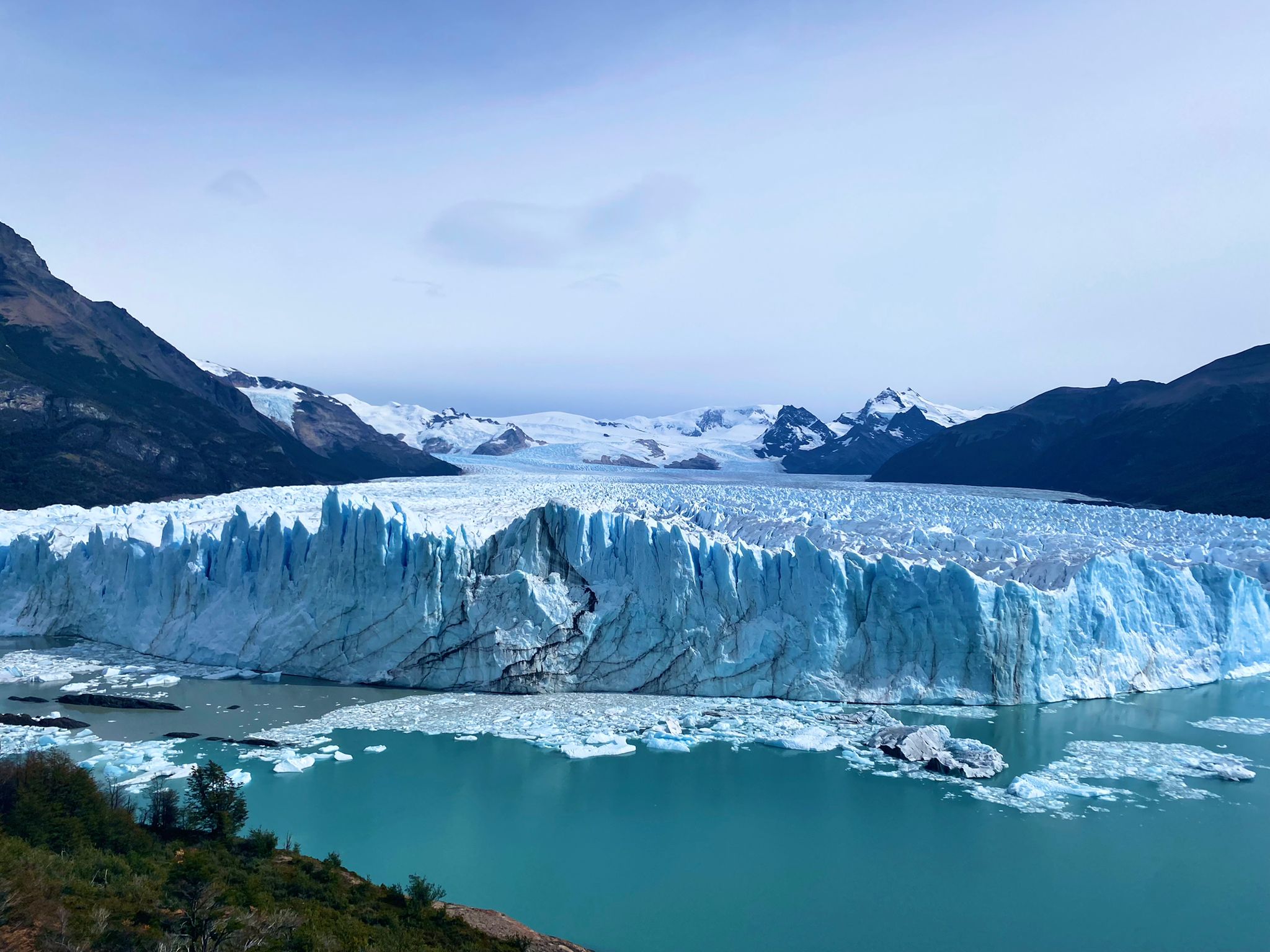Media release
From:
Climate change: Perito Moreno Glacier retreat has recently accelerated substantially
The Perito Moreno Glacier in Argentina — often described as one of the most stable glaciers in Patagonia — is retreating far more rapidly than previously thought, according to a paper in Communications Earth & Environment. The results show that, over the last few years, the glacier has retreated by as much as 800 metres in some areas, and that it may collapse and retreat by several kilometres in the near future.
The Perito Moreno Glacier is a 30-kilometre-long glacier in the Argentine Patagonia, fed by the Southern Patagonian Ice Field in the Andes and terminating in Lago Argentino. Declared a UNESCO World Heritage Site in 1981, it is one of the most famous glaciers in the world and is a major Argentinian tourist destination due to its size and accessibility. Unlike most glaciers fed by the Patagonian Ice Fields, Perito Moreno remained relatively stable between 2000 and 2019, retreating by less than 100 metres over the period. However, there has been a substantial increase in the rate of retreat since 2019 — but scientists are unsure why.
Moritz Koch and colleagues used radar to survey the thickness of the glacier’s ice during two helicopter flights in March 2022. They then mapped the lakebed beyond the glacier’s terminus, and combined these surveys with satellite data to investigate changes in the glacier’s surface height and surface velocity between 2000 and 2024. The authors found that in recent years there has been a more than sixteen-fold increase in the thinning rate of the glacier at the terminus, from 0.34 metres per year between 2000 and 2019 to an average of 5.5 metres per year between 2019 and 2024. In addition, in some areas the glacier had retreated by more than 800 metres since 2019.
The surveys also revealed the presence of a large ridge beneath the glacier’s terminus — which the glacier is currently grounded on — that may have been responsible for its pre-2019 stability. The authors caution that if the glacier’s current thinning rate persists, it will detach from the ridge and rapidly retreat for several kilometres, as the increased water depth below the glacier upstream of the ridge will lead to an increased rate of iceberg calving. However, it is not yet clear when this might happen.
Multimedia













 International
International



